Categories: Sockets and switches
Number of views: 10670
Comments on the article: 0
What sockets and voltages are used in different countries of the world
If you are going on vacation, make sure that you will not be left without your smartphone if it is discharged. Sockets are not the same everywhere, like mains voltages. If the supply voltage in this country is suitable, it remains to acquire such an adapter or to find out in advance where to buy it on the spot or order charging with such a plug. In this article we will talk about the types of outlets and how many volts are in the outlet in different parts of the world.
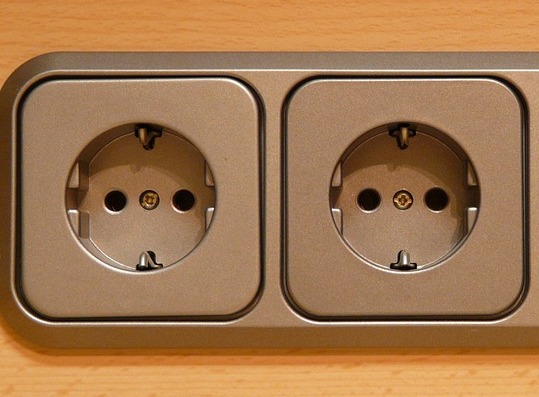
Voltage and frequency
All countries of the world use alternating current in their electrical networks. The difference is in voltage and frequency. Two common frequencies are distinguished:
-
50 Hz;
-
60 Hz.
Voltages also differ - 100, 110, 115, 120, 127, 220, 230 or 240 Volts. In this case, the voltage and frequency can be different in different regions of the same country, as, for example, in the eastern part of Japan, a network with a frequency of 50 Hz, and in the western - 60 Hz. This may be due to the fact that electrification occurred at different times or part of the country was part of another country. On the map below you see how many volts in which country in the world.
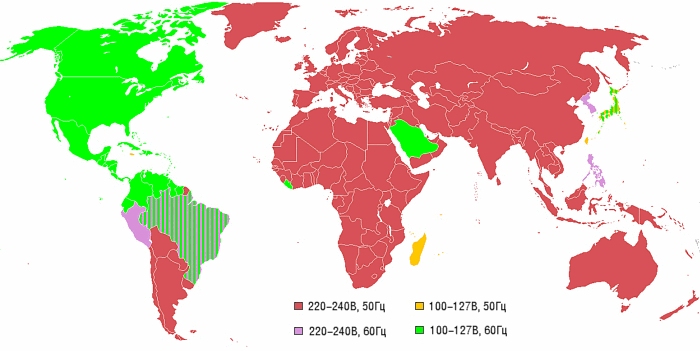
Sockets and plugs
Everyone knows that sockets are used to connect electrical appliances to electricity. Their connectors can be of different shapes and location.
Types of outlets are marked with Latin letters from A to M - only 13 varieties, we will consider them in more detail.
Type A - A plug with two flat vertical pins - used in America (northern and central) and in Japan. At the same time, in Japanese forks, the contacts are the same, and in American one of the pins is wider than the other.
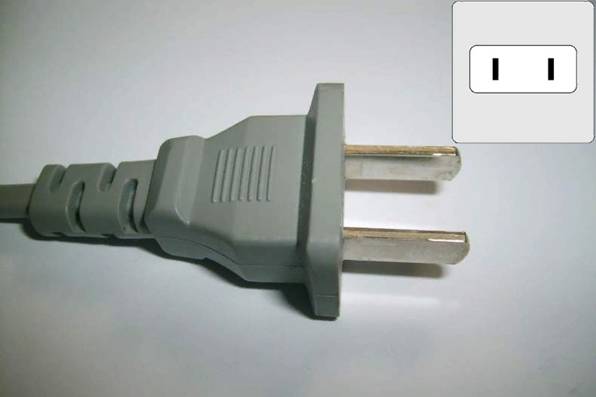
Type B - similar to "A", characterized in that there are three pins - one of them is grounding. An A plug is suitable for such an outlet. Its design allows current to pass up to 15A. It is less common in Japan than "A". Please note that in the socket and plug, one of the terminals may be wider at the end than the second.

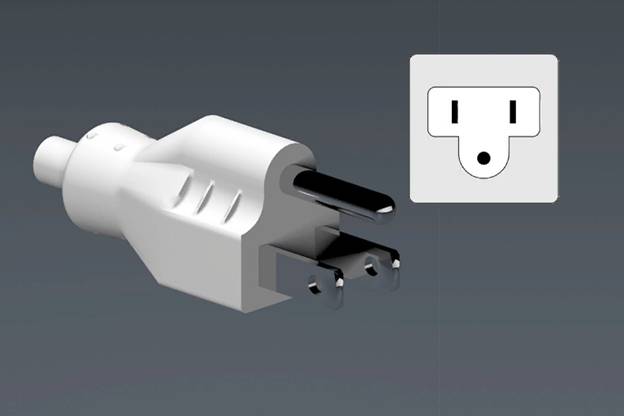
Type C - more familiar than the previous ones, there are two round pins with a diameter of 4.8 mm, 4 mm earlier. Used in almost all European countries and in Russia. The difference in diameters caused modern, so-called Euro-plugs to often not fit into Soviet outlets.
Type F differs from type C by the presence of grounding contacts.
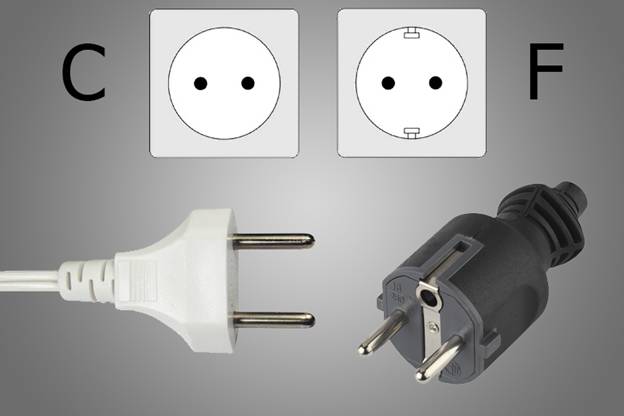
Sockets and plugs of varieties D and E are similar to C and F, they also have grounding contacts, but for type D it is located on the plug in the form of a third pin, and in E it sticks out of the socket, respectively, in the plug hole.
Type D used in India, Nepal, Namibia, Sri Lanka, and the maximum current of these products is 5A. The middle pin is thicker and longer than the two remaining.
Type E - in France, Belgium, Poland, Slovakia, Czech Republic, Morocco, Tunisia. They pass current up to 16 A. The plugs “C” are perfectly inserted into them (diamond-shaped as in the picture above, round ones will not fit), and some universal plugs of the type F (E) have the hole as shown above.

Type D is also very similar to Type M, and plugs with sockets of these types are often compatible. They can be found in South Africa.
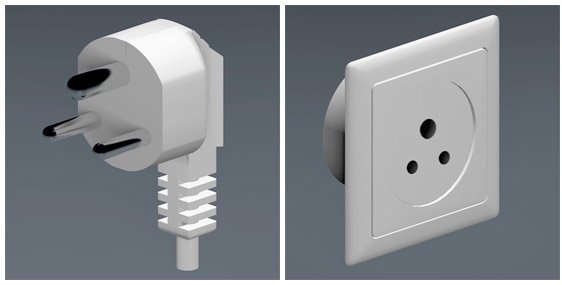
Type S Outlets used in the UK and Ireland, as well as Malaysia and Singapore, Hong Kong, Cyprus and Malta. The maximum current is 32 A.
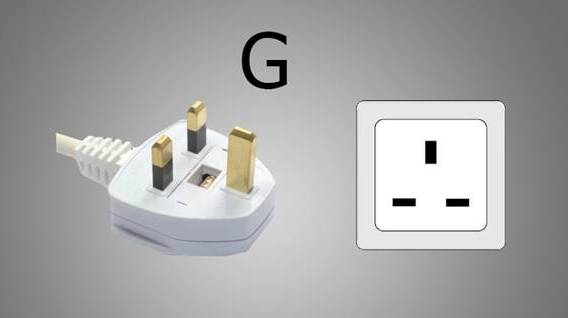
In Israel use type H sockets they are three-pin, the pins can be flat (old) or round (new). At the same time, they are used in new sockets with plugs with round and square terminals. In addition, “C” plugs are suitable for such outlets. (And the voltage with a frequency in Israeli networks almost coincides with ours - 230V, 50 Hz).

Type I - also with three pins used in Australia and New Zealand, as well as in China, Argentina, Papua and New Guinea. Withstand current up to 10 A.
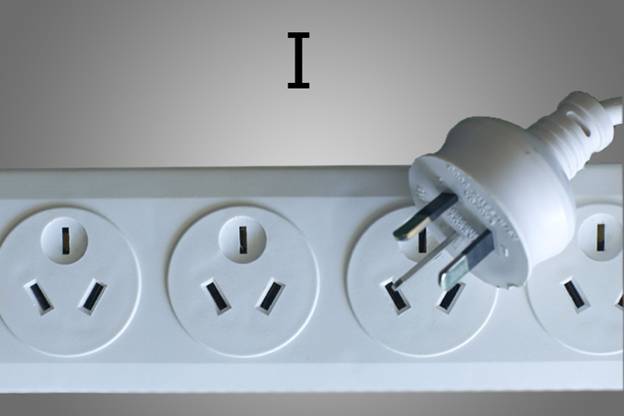
Sockets J with three pins on a fork used in Switzerland and Liechtenstein. Such sockets are compatible with plugs of a variety "C".
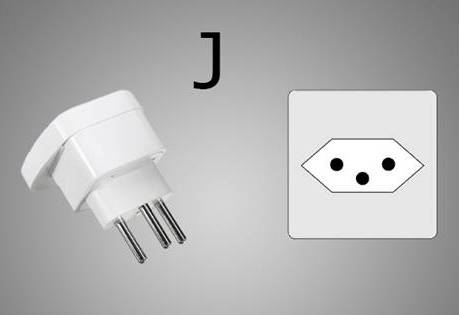
In Denmark and Greenland use Type K sockets and plugs.
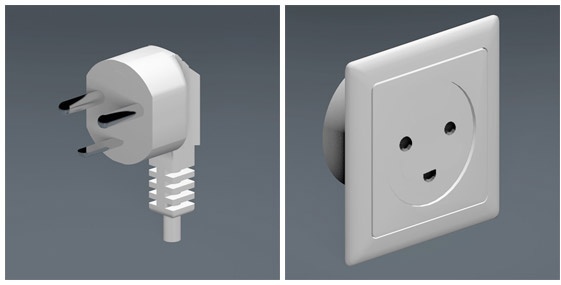
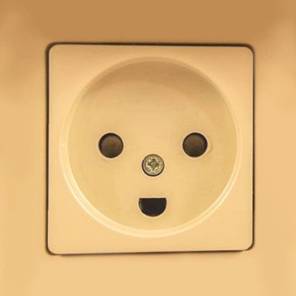
Type L - used in Italy, and found in North Africa. These are three-pin plugs and sockets with pins in one row.
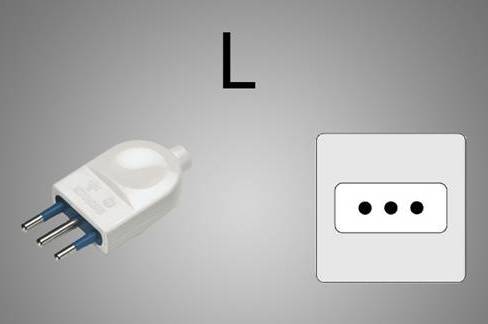
To summarize: in the table below you see a summary of what sockets, voltage and frequency of the mains are used in countries around the world.
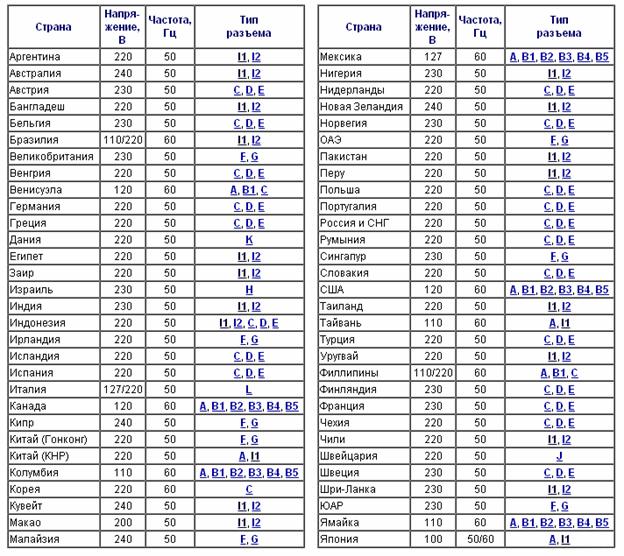
What if I go to another country with my equipment?
Most modern electronics are powered from switching power supplies. And for them, often the voltage of the mains does not matter. To make sure of this, you need to study its characteristics - they are indicated on the sticker on the cases, or cast on it.

The example shows a sticker of a computer power supply, by the way on the back panel you can often see such a power supply switch.
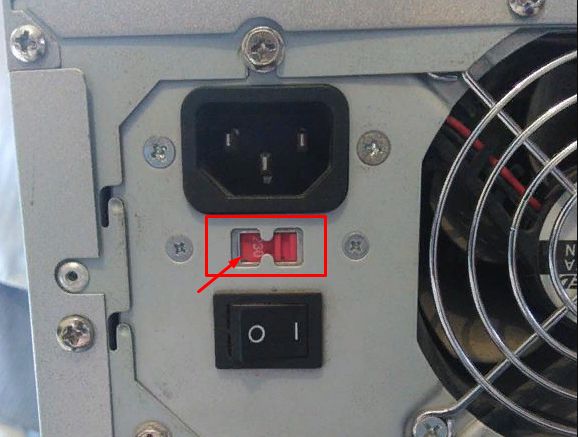
But the power supply from the laptop also works in the entire range of world voltage.
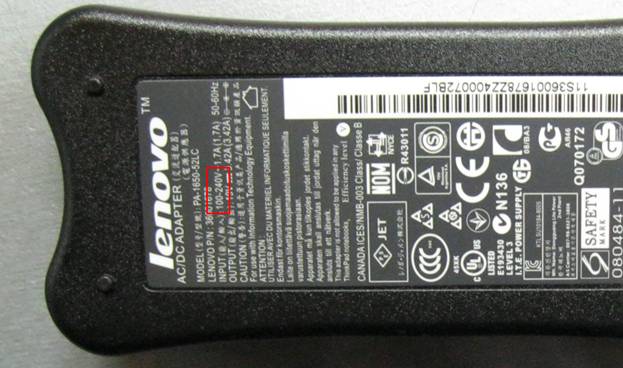
In these cases, you just need to buy the appropriate adapter. They come under a specific type of outlet, like this one from American to European (type A to C).
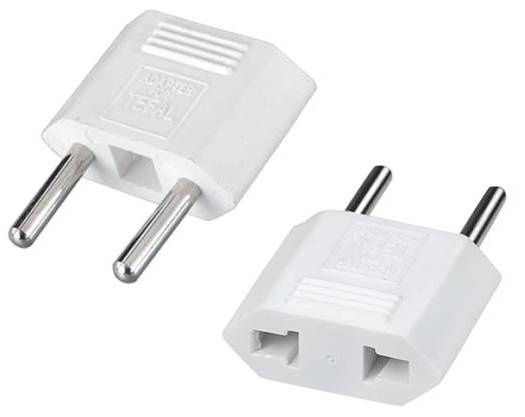
So are universal multipurpose ones.
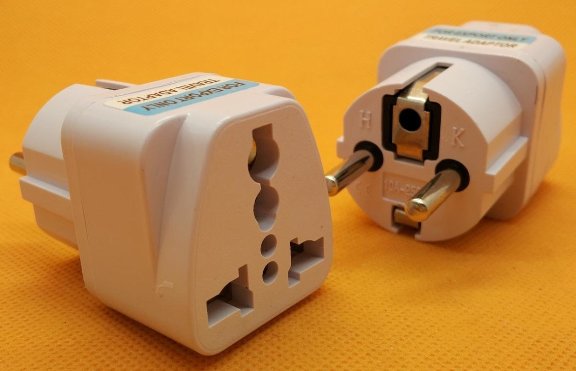
For example, in this you can insert most of the plugs in the world, and he will fit into sockets of the form C (not all), D, F, E and others.
To power equipment like a blender or other devices with electric motors often it is precisely the rated voltage that is needed, and when it is reduced, either the power will decrease or the engine speed. In this case, they will work in countries with voltage the same as at home, regardless of the type of outlet.
It is better to buy electric shavers with batteries, because they also work from an electric motor, and in the case of using battery devices you do not have to change the charger.
Write about your experience traveling abroad, what sockets you saw and how you powered your appliances in the comments!
See also at i.electricianexp.com
:
